Why should we use real life activities?Today, I would like to focus on real life activities for children in math. Math is more than just learning abstract skills and concepts. It is also a toolbox of skills for real life. It is important to understand the concepts and master the skills so they can be applied to everyday life. During this time of uncertainty and different learning environments, it is more important than ever to be able to connect abstract ideas with concrete applications. There are many examples of how math is used in everyday living. This provides a blueprint for ways to improve the understanding of concepts and perfect the skills needed. Here are a few examples of how math can be used in the kitchen, in the workshop, and shopping. This is just a sampling of how math can be used for real life situations. In The KitchenIn the kitchen, math is used for measuring ingredients when baking, estimation when planning how much food is needed for the number of people being fed, temperature when using an oven or cooking some recipes on the stove, and time when preparing, baking, or cooking different dishes. These are just some examples of how math concepts can be applied in the home. In The WorkshopMath is important when building things. It is necessary to be able to measure materials and calculate how much is needed for each job. It is also important to understand how shapes work together in order to assemble projects correctly. Concepts of measurement and geometry are necessary. Working with plans and scale is also important. ShoppingThere are many ways math is used for shopping. Working with money and being able to calculate approximate costs of things are valuable skills. Even in a world of debit and credit, it is still important to be able to count money and make change. There will be times when this is still used. Buying items by weight in the produce section or the deli and calculating portions when purchasing different other groceries is another skill that is valuable. Learning to budget and make sure the costs can be covered is also an important skill. Working With MoneyMoney is a difficult concept for young children to sometimes understand. Most young children think that a plastic bank card can be used for everything and that it is an endless source of money. When they go to the store, they don't always understand that things might be too expensive or that they don't have enough money. It is important to teach them about how money is earned, put into the bank, and then available for use. Having opportunities to handle money and make purchases and receive change will make some concepts more understandable. Check out this blog post about a special money unit I developed with my class a few years ago. These are only some of the ways that math can be used in real life situations. We can simulate some of the situations at school, but extending the learning into the home enriches the learning and makes it meaningful. Here is a new activity for geometry that focuses on identifying 2D shapes in the environment and playing bingo with the shapes. Maybe it could be extended by conducting a scavenger hunt aspect outdoors or in the home. Get a free copy today by joining my email list. You will also get access to my resource library of other products that are free for subscribers only. Check out this product and other math resources in my TeachersPayTeachers store or get a free copy by subscribing today. Click here or the image to subscribe. There are so many ways that math can be incorporated into everyday life. Watch for a future post for more ideas about using money.
0 Comments
Leave a Reply. |
About Me Charlene Sequeira
I am a wife, mother of 4, grandmother of 9, and a retired primary and music teacher. I love working with kids and continue to volunteer at school and teach ukulele. Categories
All
|
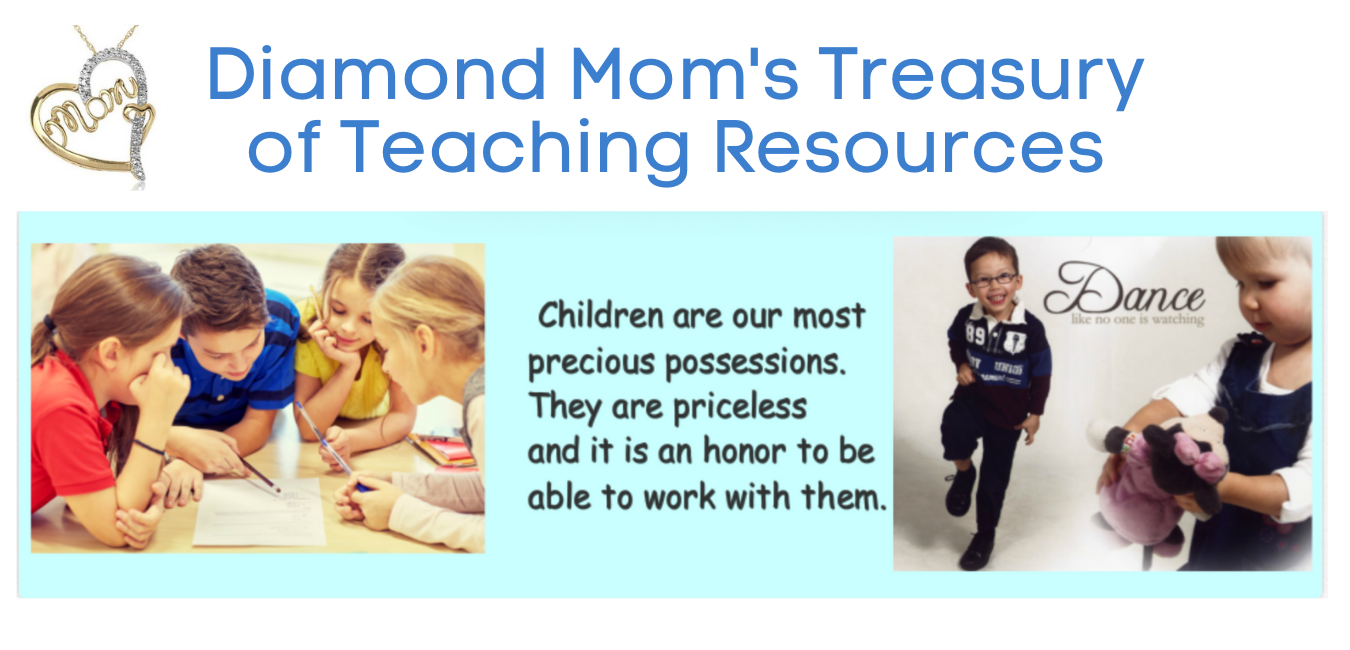
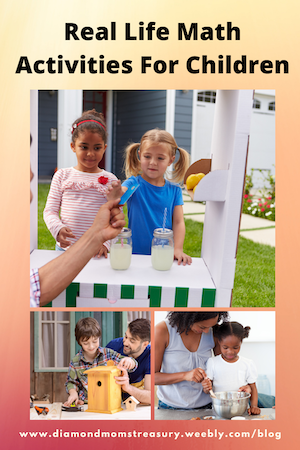
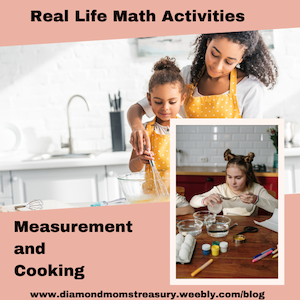
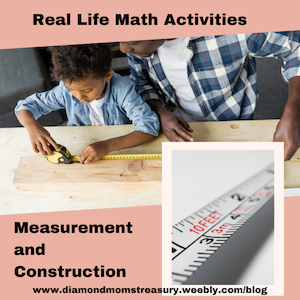
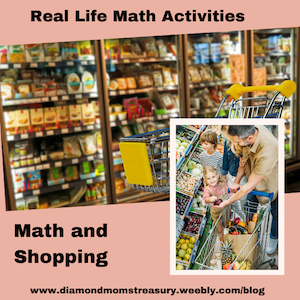
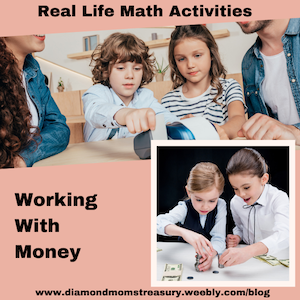
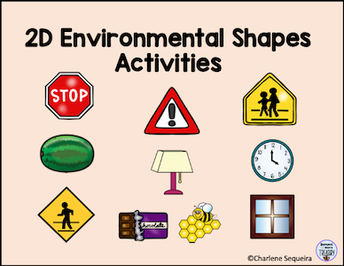
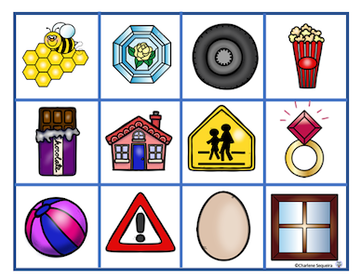
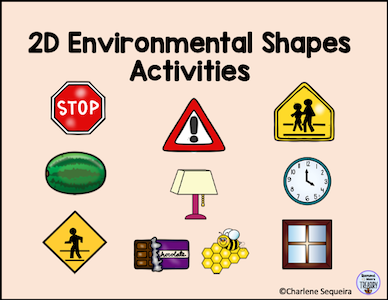

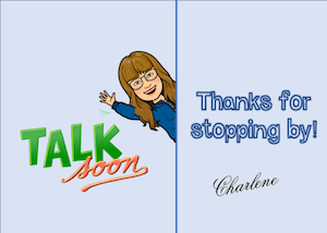
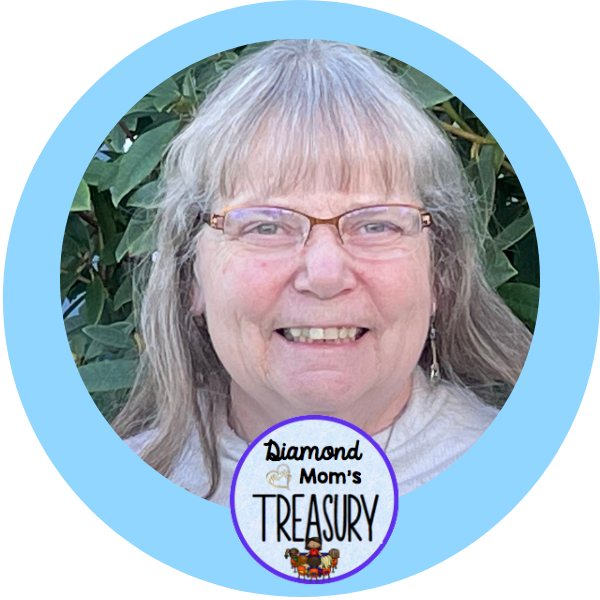


 RSS Feed
RSS Feed